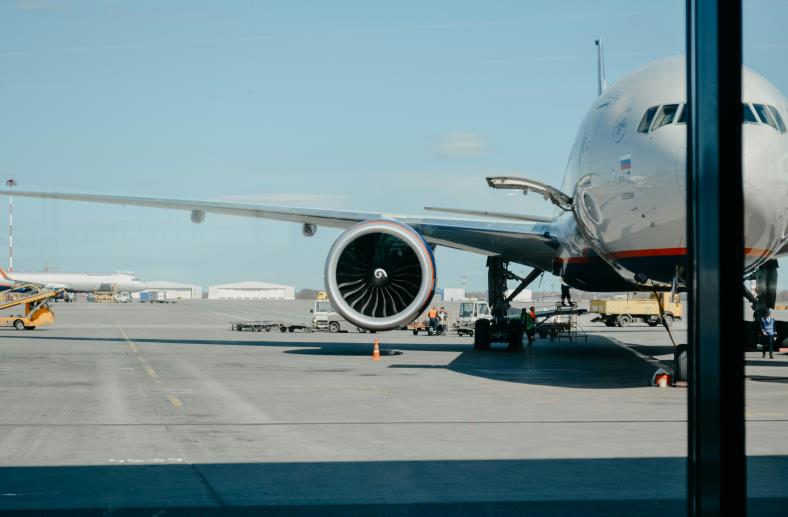In the fast-paced and technologically advanced world of aviation, effective and reliable communication is paramount to ensuring the safety and efficiency of air travel. As aircraft systems become increasingly complex, the need for thorough testing of communication systems has never been greater.
In this article, you will delve into the importance of testing in aviation and explore the five key components that are essential for mastering aircraft communication testing.
Why Is Testing in Aviation Important?
Avionics testing is vital, as it allows for the identification and resolution of communication system issues before they pose a risk to the safety of passengers and crew. The consequences of faulty communication systems can be catastrophic, leading to miscommunication, delays, and even accidents. By conducting thorough testing, aviation professionals can detect and address any potential problems, ensuring that systems are functioning as intended and that clear and concise communication can occur between pilots, air traffic controllers, and ground personnel.
Furthermore, testing in aviation is not only vital for safety but also for efficiency. Effective communication is the backbone of a well-coordinated and streamlined aviation operation. Testing allows for the optimization of communication systems, ensuring that messages are transmitted accurately, promptly, and without interference. This leads to improved operational efficiency, reduced downtime, and enhanced overall performance.
What Are Five Key Components of Effective Aircraft Communication Testing?
1. Test Equipment
Effective aircraft communication testing starts with the use of reliable and accurate test equipment. Modern aviation systems rely on a wide range of communication technologies, such as radios, transponders, and data links. Therefore, it is essential to have the appropriate test equipment to cover all these components comprehensively.
The test equipment should be capable of simulating various scenarios and conditions to accurately assess the performance of communication systems. This includes the ability to generate and receive signals, simulate different frequencies and power levels, and measure signal quality and interference.
2. Test Procedures
Having the right test procedures in place is crucial for effective aircraft communication testing. Test procedures outline the step-by-step processes and protocols that need to be followed to ensure comprehensive and accurate testing of communication systems. These procedures should be well-documented, standardized, and adhere to industry best practices.
Test procedures should cover a wide range of scenarios and conditions, including normal operation, emergency situations, and potential system failures. They should also include procedures for testing interoperability with other communication systems and compliance with regulatory requirements.
3. Test Documentation
Comprehensive test documentation is a critical component of successful aircraft communication testing. This documentation serves as a record of the testing process, including the equipment used, the procedures followed, and the results obtained. It provides a valuable resource for future reference, troubleshooting, and compliance purposes.
Test documentation should be detailed and well-organized, allowing for easy retrieval and interpretation of information. It should include clear and concise descriptions of the test setup, test parameters, and test results. Additionally, it is important to include any observations, anomalies, or issues encountered during the testing process.
By maintaining thorough test documentation, aviation professionals can track the performance of their communication systems over time, identify trends, and make informed decisions regarding maintenance and improvements.
4. Test Personnel
The expertise and proficiency of the test personnel are crucial for the success of aircraft communication testing. Testing communication systems requires specialized knowledge and skills to accurately interpret test results, troubleshoot issues, and make informed recommendations for system optimization.
Qualified test personnel should have a deep understanding of aviation communication systems, including the underlying technologies, protocols, and regulations. They should also be proficient in the operation and maintenance of test equipment and have experience in conducting comprehensive tests.
Ongoing training and certification programs should be in place to ensure that test personnel stay current with the latest advancements in communication technologies and testing methodologies.
5. Test Analysis and Reporting
The final component of mastering aircraft communication testing is the analysis and reporting of test results. Once testing is completed, the collected data needs to be analyzed to identify any performance issues, anomalies, or areas for improvement. This analysis should be conducted using specialized software tools and techniques that allow for in-depth evaluation and visualization of the test data.
The results of the analysis should be compiled into a comprehensive test report that highlights the findings, recommendations, and any required corrective actions. The report should be clear, concise, and easily understandable by both technical and non-technical stakeholders. It should provide a detailed overview of the communication system’s performance, including any limitations or areas of concern.
By providing actionable insights and recommendations, test analysis and reporting enable aviation professionals to make informed decisions to enhance the safety and efficiency of their communication systems.
Conclusion
Mastering aircraft communication testing is essential for ensuring safe and efficient air travel. By implementing the five key components outlined in this article – test equipment, test procedures, test documentation, test personnel, and test analysis and reporting – aviation professionals can optimize their communication systems and mitigate potential risks.

